Chanting is very common to any religion. Buddhism is no exception in this regard. However, the aim and purpose of chanting is different from one religion to another. Buddhism is unique in that it does not consider chanting to be prayer.
The Buddha in many ways has shown us to have confidence in our own action and its results, and thereby encouraged us to depend on no one but ourselves. This in fact is the sum and substance of His last message in the Mahaparinibbana Sutta.
One of the passage in this discourse reads: "Ananda, be dependent on yourself, take refuge in yourself and not in others, by this mean be dependent on the Dhamma, go for refuge to the Dhamma -- the righteous principles".
When a Buddhist does chanting, he is not asking some one to save him from evil nor is he hoping to be given a place in heaven as a result after he dies. Instead, through chanting he may be learning, teaching, philosophising or re-memorising the discourse.
The first one studies it just for the sake of study without putting it into practice or explaining it to others. He even does not reflect deeply on what he has studied. He is known as 'Pariyatti-bahulo' who is keen on studying it alone.
The second one preaches or teaches what he has learnt from the discourses but does not follow it himself. He is 'Pannyatti-bahulo' who is keen only on teaching.
The third one does chanting. He philosophises about the discourses, trying all the time to satisfy his philosophical thirst. He forgets to make use of as mode or life. He is called 'Vitakka-bahulo' who is eager only to indulge in philosophical aspects of the Suttas (Discourses).
The fourth one is the one who chants the discourses to make them last for a long time in his memory. He memorises and re-memorises. Nevertheless, he does not go further to follow it in daily life. He is 'Sajjhayaka-bahulo' who is enthusiastic only in memorising or chanting the teachings of the Buddha, He may even expect some magical power from chanting.
The Anguttara Nikaya says that if the discourses are poorly maintained this will lead to the disappearance of the Sasana.[1] It was so important those days to memorise and chant it regularly. This must have definitely contributed in developing chanting practice. Chanting meant almost for the survival of the Dhamma itself.
In the night we try to chant without having learnt it by heart. We could do it because of the technique. It is known as evening-class (nya-war) over there. It means a certain technique of studying the Abhidhamma and some of the Suttas. It is very helpful as it helps you to reflect very quickly.
It is some thing that we should follow throughout our life starting from childhood to the day we take our last breath. Most of the Suttas are of this nature. They are descriptions as well as prescriptions for the common diseases like Lobha, Dosa and Moha (Greed, Hatred and Delusion).
Mahasamaya Sutta and Atanatiya Sutta come under the same category because they emphasise much on protection and healing. Remember that Venerable Ananda and Venerable Angulimala did cultivate love and compassion before they chanted the discourse for this particular kind of blessing.
These are the kind of Suttas that have both instructions for meditation practice and healing power. Karaniyametta Sutta has these same natures: instruction for daily practice to develop our spiritual benefit and to ward off the evils.
Bhikkhu Dhammasami, 1999
--------------------------------------------------------------------------------
[1] "Dve 'me bhikkhave dhamma saddhammassa sammosaya antaradhanaya samvattanti. Katame dve. Dunnkikkhittam ca pada-byancanam attho ca dunnito."
[2] Samyutta Nikaya, In the Mahakassapa Sutta, the Buddha chanted the Sutta to ailing Venerable Maha Kassapa while the second to another patient, Venerable Maha Moggallana, His own chief disciple. In the Mahacunda-bojjhanga Sutta, Venerable Cunda was asked by the Buddha who was then ill to chant (expound) the Bojjhanga. All were reported to have recovered at the end of the Sutta.
[3] Also Girimananda Sutta, Anguttara Nikaya; Girimananda bhikkhu was ill. That was reported to the Buddha by Venerable Ananda who was then taught this Sutta and asked to go back to Girimananda for expounding, reminding him of ten factors. At the end, he got recovered.
[4] Saddhatissa International Buddhist Centre. London
[5] Facets of Buddhism by Venerable H. Saddhatissa; World Buddhist Foundation, London
Source: Nibbana.com, http://web.ukonline.co.uk/buddhism/











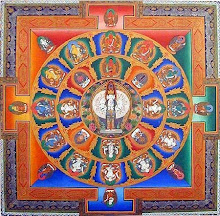




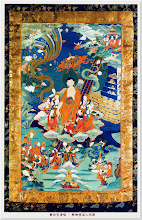

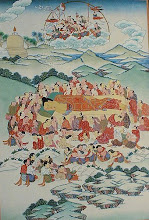


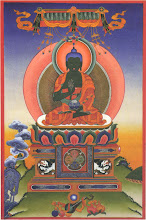




.jpg)

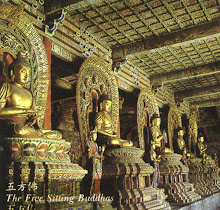













No comments:
Post a Comment